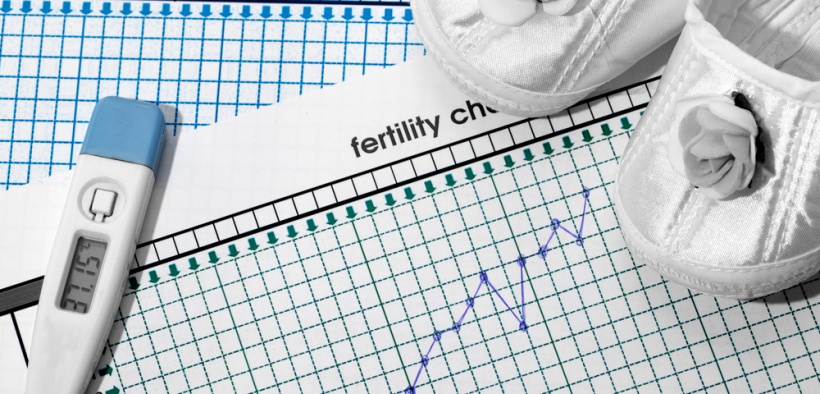Your Peak Fertility
Share

It’s well known that fertility can decline over time, but if you don’t learn more about this subject, then that biological truth can become more of a threat: a source of anxiety that you can miss your opportunity to have children. If you learn more about fertility, you’ll see how your peak fertility waxes and wanes, not merely through your life but week to week throughout the month (or rather, through your cycle).
You might need more sophisticated tools than a simple, online fertility calculator but we’re also going to take a look at how you can track your fertility, predict when you’re going to ovulate and give yourself the best possible chance of getting pregnant.
Fertility Over Your Lifetime
It’s a well known fact that a woman’s fertility declines dramatically when she gets over the age of 35. Like most well known facts, this is something that bears closer examination. The truth is actually more complicated. In brief, the statistics used to determine this medical fact were drawn from 18th Century French parish records.
While this gave researchers access to information about a wide range of people who could be confirmed to not be using contraception, in the 21st century, the general level of health means people are more fertile for longer. It also ignores the fact that women over the age of 35 may have been trying not to get pregnant, due to risk of childbirth at what was, for the time, an advanced age.
More modern studies reveal almost no decline in fertility up until the age of 40 – giving women trying to establish a career, and a life that will allow them to support a family, a little more breathing room.
Fertility Over a Month
Your menstrual cycle is your body’s continually rolling set of preparations for having a child, which reset and repeat every month (or a little longer, or shorter) for a huge chunk of your life. You can’t get pregnant unless you’re trying at a point in your cycle at which the sperm might survive to meet the egg as it’s released from ovaries.
As sperm can survive up to five days, and the egg itself is fertile for no more than 24 hours, you have around six days per cycle where you’re at your peak fertility. To access this, and boost your chances of conceives, you need to predict when you’re going to ovulate.
A good, modern fertility tracker will measure your basal body temperature overnight, and process that data into a prediction of the next time you’re going to ovulate, giving you a ‘fertile window’ to aim for, and tell you when you’re at your peak fertility.









